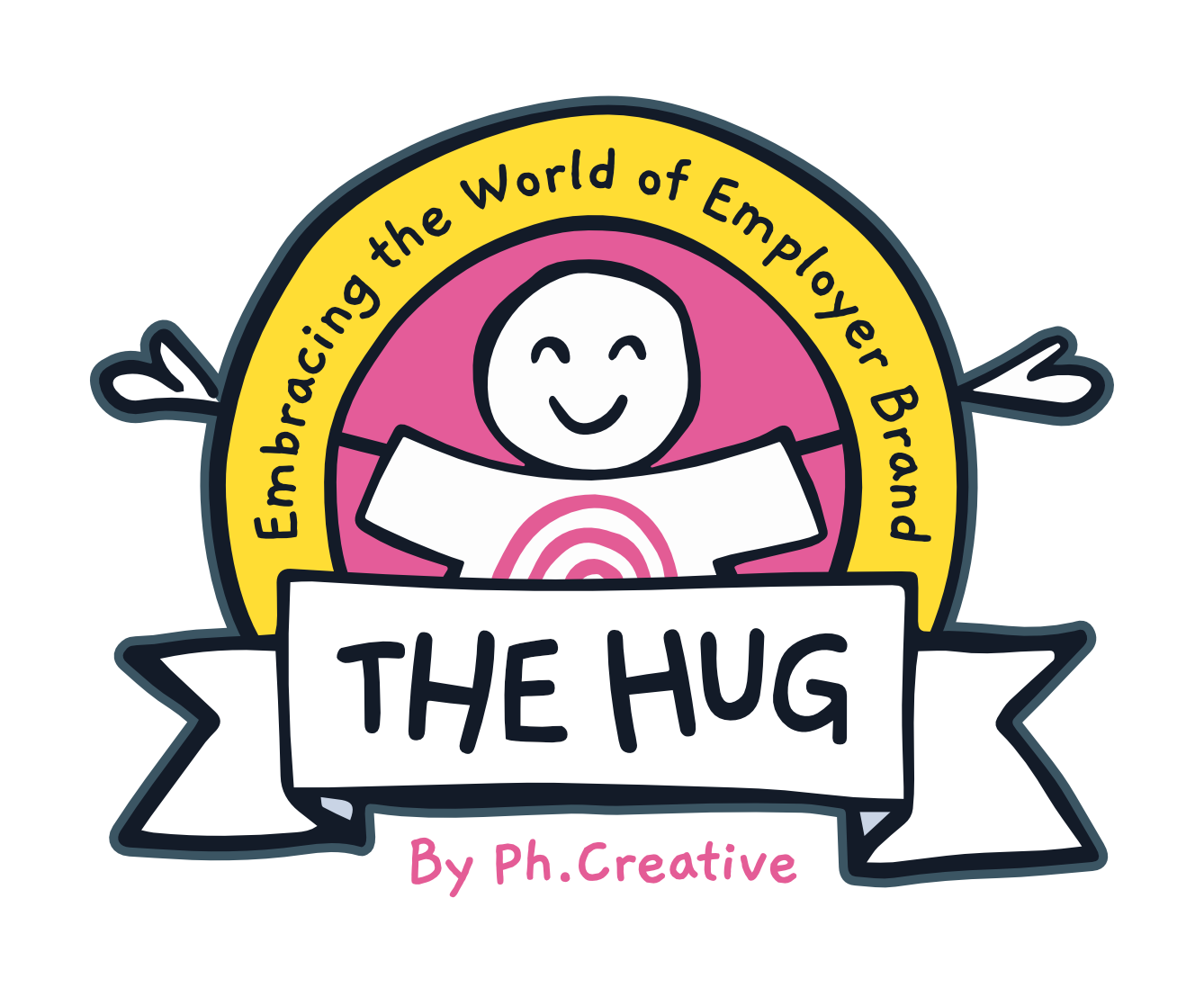The Race to Retain Top Talent is On
2 min read.The global economic downturn and the threat of a recession is triggering a new era in the talent industry, with retention perhaps more important than ever...

As financial conditions worsen, more companies are feeling the pinch. The tech industry is suffering acutely. Meta has been haemorrhaging talent, Netflix has lost hundreds and Twitter axed half its workforce in one of the most brutal layoffs of the year.
The tables are gradually turning on the Great Resignation. A combination of financial uncertainty, rising inflation and a less vibrant job market has made employees more hesitant to seek out new opportunities.
The problem is, as higher numbers of employees stay put, engagement levels aren’t going up in synch. In fact, a global report from Gallup found that an unsettling 15 percent of the workforce is actively engaged, with the remaining 85 per cent either not engaged, or actively disengaged.
People aren’t necessarily staying because they want to, but because they must, which spells big trouble for businesses. The accepted truth is that disengaged employees won’t push themselves, won’t innovate for your company and are not concerned with driving results. They're just going to turn up and do their jobs.
In some roles, this is fine, not everybody can be massively engaged, or even needs to be, but as that figure creeps up, you will get a slew of people who are not performing at the level which businesses need them to, to get through some of the issues they’re facing.
Don't just retain, engage your people
In the current climate, leaders should be looking internally, refocusing their efforts on engaging and retaining the top talent they already have and asking themselves, “How do we give employees a great experience at those vital touchpoints of the lifecycle?”
To continue to thrive, leaders will need to stay open-minded and pay close attention to feedback from employees. They should also not underestimate the power of a carefully tailored approach when handling the different wants and needs of a multi-generational workforce.
Understanding what current employees want from their next job is a vital part of retaining them, and leaders will need to become more adept at pinpointing turnover “red zones” within their organisations if they want to make a significant impact.
A survey by Gallup concludes that the top two motivators for people seeking out new employment are ‘A significant increase in income’ (64%) and ‘greater work-life balance and personal wellbeing’ (61%). Interestingly, the next most desirable feature was ‘the ability to do what they do best’ (58%), in other words, to feel engaged in their work by playing to their natural strengths.
While attracting great talent with a great employer brand, will always be key. We, as leaders, need to be directing greater focus and resources to enhance the employee experience. Encouraging and enabling better internal mobility, that will help retain and motivate talent, ultimately driving better performance and greater happiness for all.
Sign up to our blog

Every other Thursday we share:
✔ One feature full of our freshest insights
✔ An expert hack you'll love to use
✔ The links you need now
+ other helpful bits for thousands of EB and TA pros just like you
